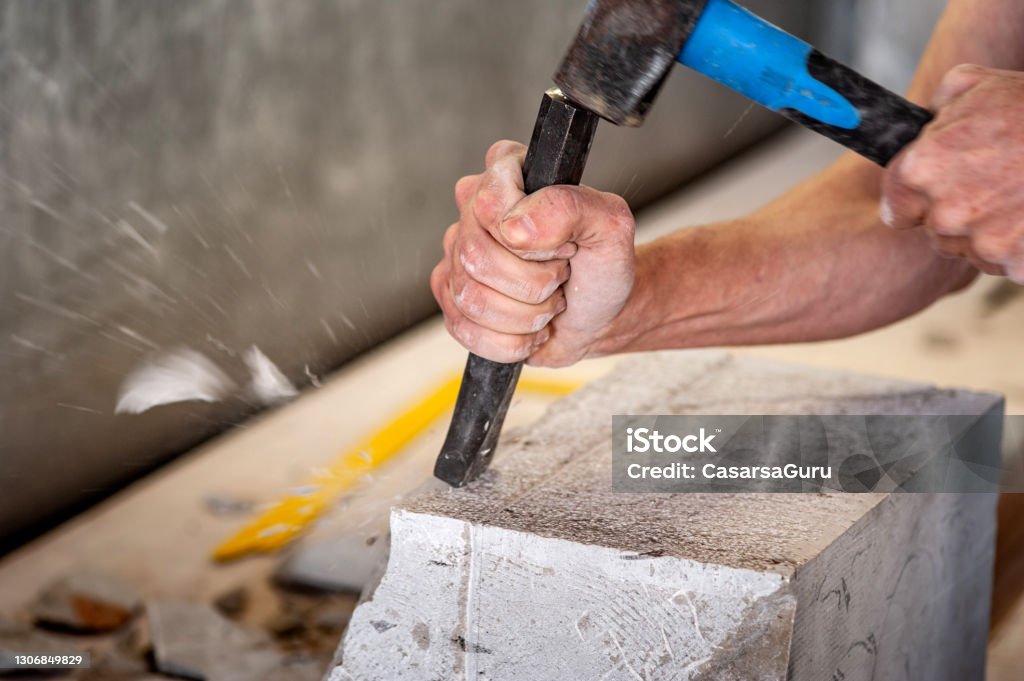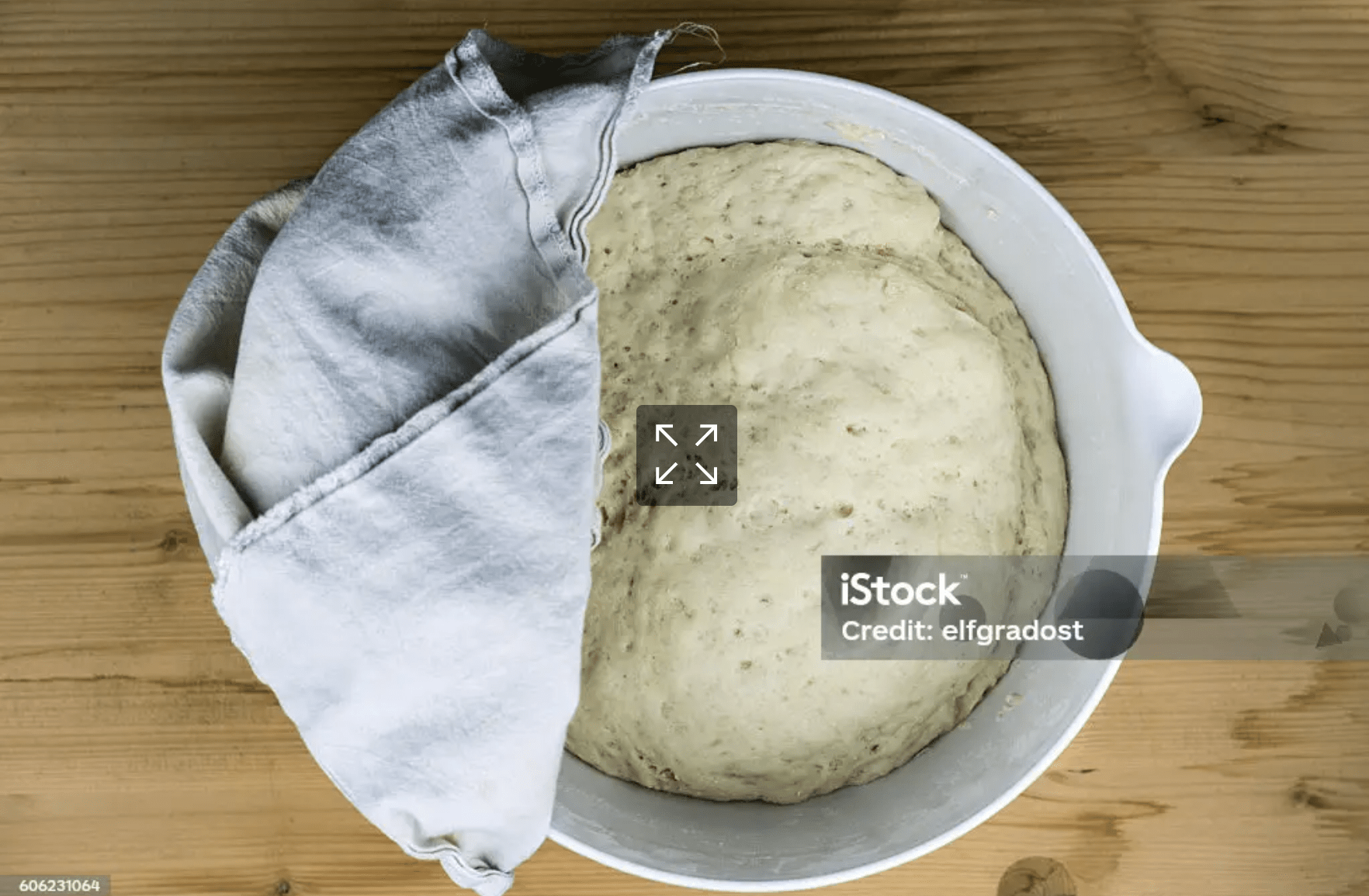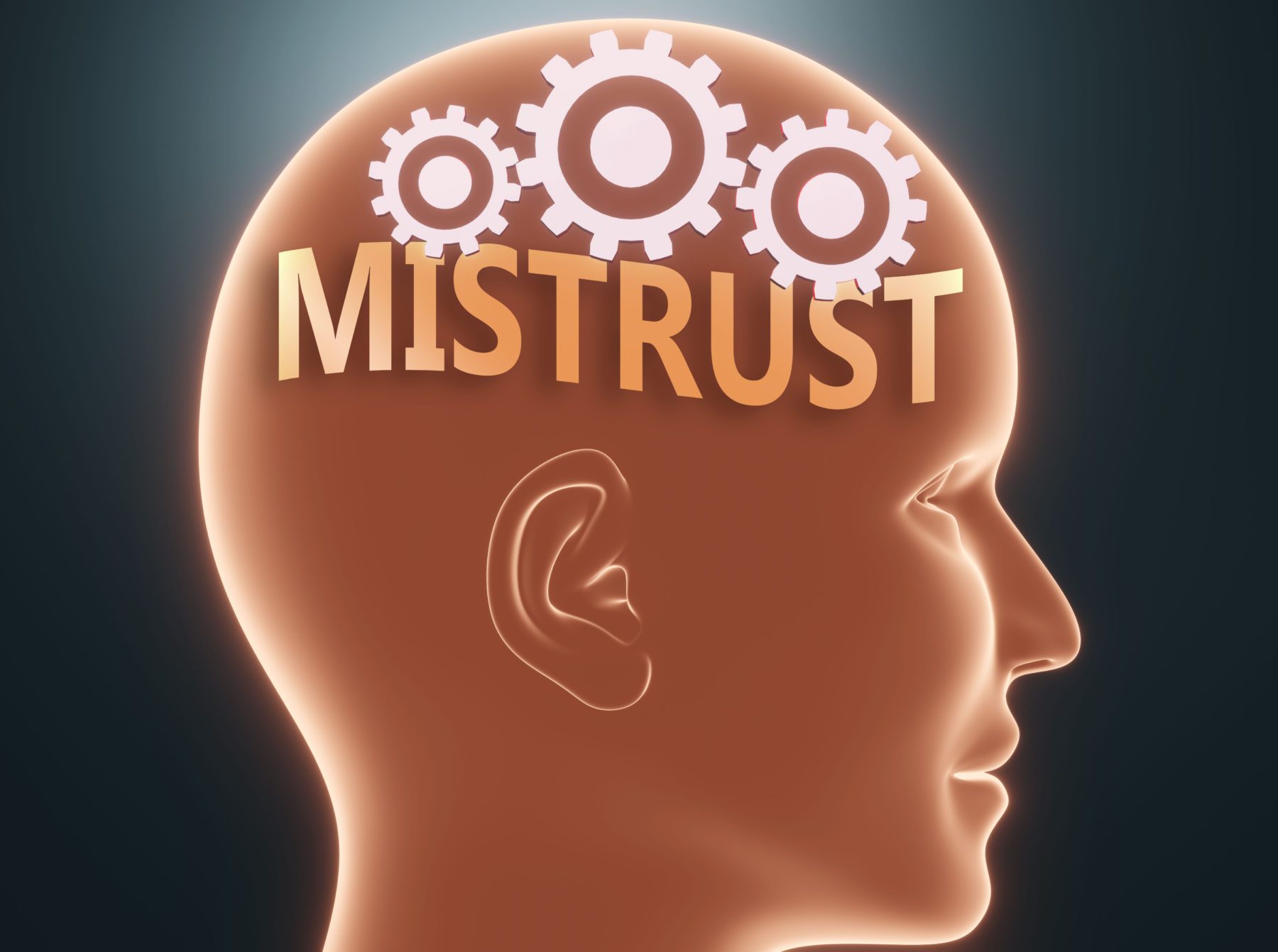Possible Preaching Themes
Possible Scientific Resources
- Old yeast vs. new yeast from second reading: old yeast spoils, new yeast (Jesus Christ) cleanses, brings faith, hope, and life to us on Easter
- Behavior of Lambs from sequence and Gospel acclamation: using the behavior of lambs as a way to model how Jesus Christ ministers as the Paschal Lamb
- Burial cloths left in the tomb from the Gospel: Shroud of Turin as an artifact studied by science connecting us to Jesus’ death and resurrection
- “The Science of Baking with Yeast” https://www.finecooking.com/article/the-science-of-baking-with-yeast-2
- Explains what yeast is
- How yeast make bread rise
- What can go wrong with yeast
- “Social Behavior of Sheep” by Gary Landsberg and Sagi Deneberg https://www.merckvetmanual.com/behavior/normal-social-behavior-and-behavioral-problems-of-domestic-animals/social-behavior-of-sheep
- Flock dynamics of sheep
- Gender dynamics of sheep
- Intelligence of Sheep
- The Shroud of Turin https://www.shroud.com/
- Definitive site with current research and accurate data that you can interact with regarding the Shroud of Turin
Homily Outline Combining Resources
Homily outline using the image of yeast:
- Old yeast vs unleavened bread
- Yeast Single-celled microorganism
- Many types (over 1,500 species)
- One most commonly used Saccharomyces cerevisiae (which means “sugar-eating fungi”)
- https://www.finecooking.com/article/the-science-of-baking-with-yeast-2
- Why do we prefer yeasted bread?
- It’s taste, texture, smell, different styles of yeasted bread, memories of eating/cooking with risen dough
- How yeast helps bread rise
- When dough is kneaded, yeast metabolizes the starches and sugars in flour
- Yeast turns these starches/sugars into alcohol and carbon dioxide gas
- This gas inflates the bubbles caused by kneading, which causes bread to rise
- During rising, yeast divides and multiplies, producing more carbon dioxide gas
- As long as there is air + carbohydrates in the dough, yeast will multiply until it is actively stopped by heat
- Punching down or stirring a dough after it first rises will refresh the yeast’s environment
- https://www.finecooking.com/article/the-science-of-baking-with-yeast-2
- Paul juxtaposes what old yeast or bad yeast can do to bread vs unleavened bread
- Old yeast or bad yeast for Paul
- Spoils bread like sin spoils us
- Once in us, multiplies and won’t stop growing
- Examples: anger, fear, hatred, avoidance, lust
- If we beat down, avoid, try to mask our sin, just like yeast it will thrive and be refreshed and continue to grow/spoil us
- Jesus Christ: True Bread of Life
- There is a such thing as “good” yeast
- A little yeast goes a long way
- Example of good yeast spreading: when cooking, you take a piece of yeasted dough from one batch to be the starter for the next batch
- Fundamental to using yeast is communal sharing/giving
- Through Jesus Christ’s Paschal Mystery, we are cleansed of old/bad yeast
- Like Jesus Christ who offered Himself for us on the Cross, we are called to celebrate Jesus Christ’s resurrection by becoming the bread of life for others
- A call back to the life Yahweh gave the Israelites through the Passover meal and the mana in the desert
- We are called to be food for those in need
- What does this mean for the community?
- Like new yeast, the Easter Resurrection spreads
- Spread joy, life, hope in our lives
- Paul: calls for use to clean out the old yeast to make room for something new, this is what our 40-day Lenten journey has been for us
- Easter Sunday is what we have been prepared for
- Jesus Christ as bringer of life, of something new
Related Homily Outlines
Couldn’t find what you’re looking for?
Try searching with another filter

Preaching with Sciences

Edward Foley, Capuchin
Duns Scotus Professor Emeritus of Spirituality
Professor of Liturgy and Music (retired)
Catholic Theological Union
Vice-Postulator, Cause of Blessed Solanus






